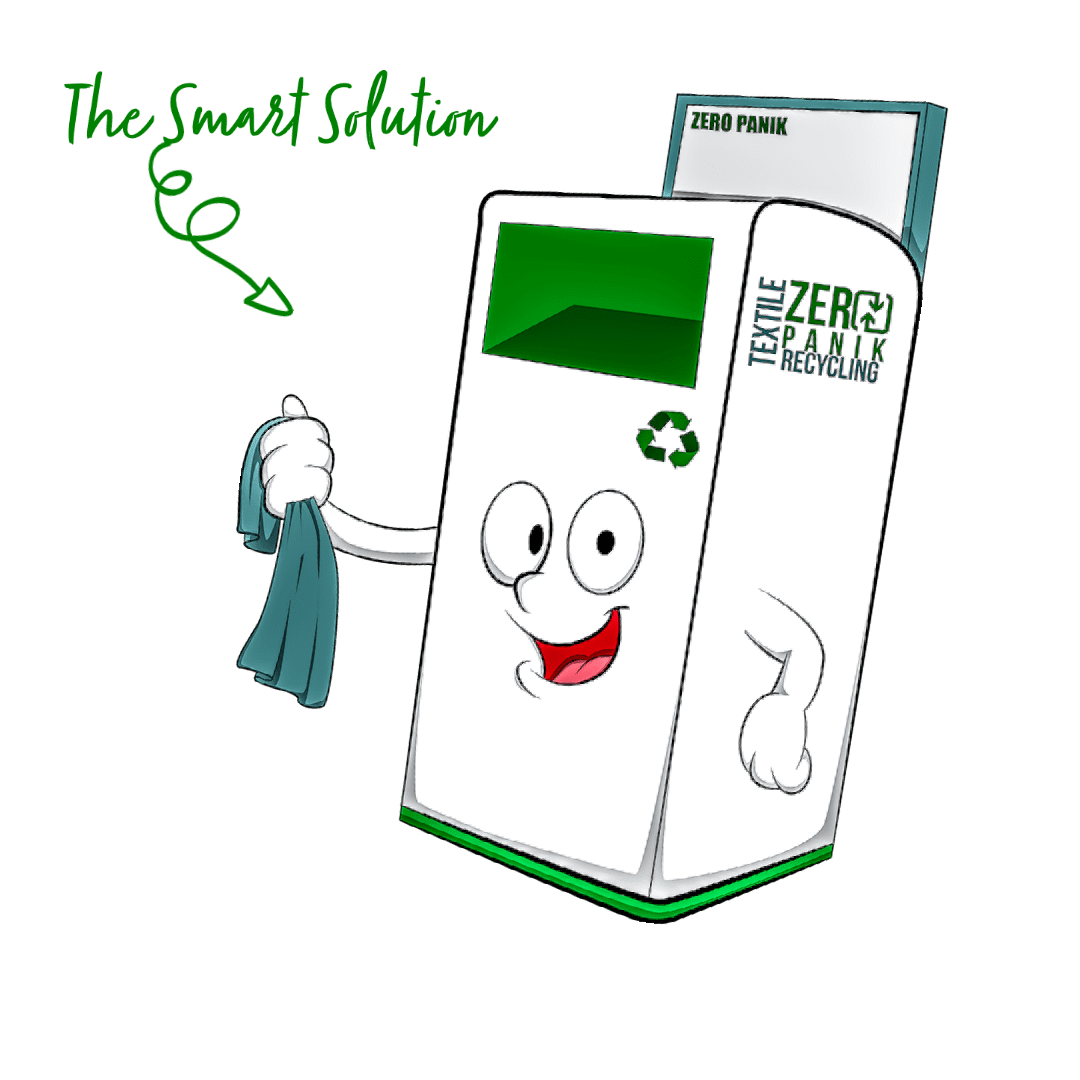Weaving a Sustainable Future
Our Vision
Weaving a Sustainable Future
An analysis of the U.S. textile recycling market and the urgent need for circular solutions to reclaim, reuse, and revolutionize our relationship with materials.
Tons Landfilled Annually
In 2018, a staggering 11.3 million tons of textiles ended up in U.S. landfills, representing a massive loss of valuable resources and a significant environmental burden.
Current Recycling Rate
Despite the volume of waste, only a small fraction of textiles are recycled, highlighting a critical gap in infrastructure and a major opportunity for high-value reclamation.
Discarded Per Person
Each year, the average American discards over 70 pounds of clothing and textiles, fueled by “fast fashion” cycles and creating a continuous stream of potential feedstock.
A Market Ripe for Disruption
The U.S. textile recycling industry is not just an environmental necessity; it’s a rapidly growing economic sector. As demand for sustainable materials increases, the market is projected for steady and significant growth.
U.S. Market Growth Projection (USD)
The market is forecast to grow by over 22% from 2024 to 2030, a clear indicator of sustained demand for reclaimed materials and circular solutions from manufacturers.
Material Segment Focus
While cotton is currently the largest material segment by revenue, polyester represents the fastest-growing opportunity, driven by its widespread use in fashion and industrial applications.
From Linear Waste to Circular Value
The traditional “take-make-waste” model is inefficient and destructive. A circular approach transforms this broken system, creating a continuous loop of value that benefits both industry and the environment.
The Linear Problem
🏭
Raw materials are extracted to create products that are used briefly and then discarded as waste, ending up in landfills.
The Circular Solution
♻️
Discarded items are collected, sorted, and diversified, reclaiming valuable materials for manufacturers to create new products.
The Forces Driving Change
Three powerful forces are converging to accelerate the transition to a circular textile economy, creating unprecedented opportunities for innovation.
⚖️
Regulatory Pressure
Landmark legislation like California’s SB 707 (Responsible Textile Recovery Act) now mandates that producers are financially responsible for the end-of-life of their products, creating direct demand for recycling partners.
🤖
Technological Advancement
AI-powered sorting systems can now accurately identify and separate different fiber types at high speeds, unlocking the potential for true, high-value textile-to-textile recycling that was previously impossible.
💚
Consumer & Corporate Demand
Modern consumers and leading brands are increasingly prioritizing sustainability, demanding products with recycled content and pushing for transparent, circular supply chains.
A Collaborative Ecosystem for Success
Solving the textile waste crisis requires a network of strategic partnerships. A central reclamation firm acts as the hub connecting key players across the value chain.
Manufacturers
Supplying reclaimed feedstock to reduce costs and meet sustainability goals.
Global Brands
Powering take-back programs and providing a market for recycled materials.
Tech Innovators
Implementing advanced sorting and processing technologies.
Funding & Non-Profits
Securing grants and capital to scale critical infrastructure.
